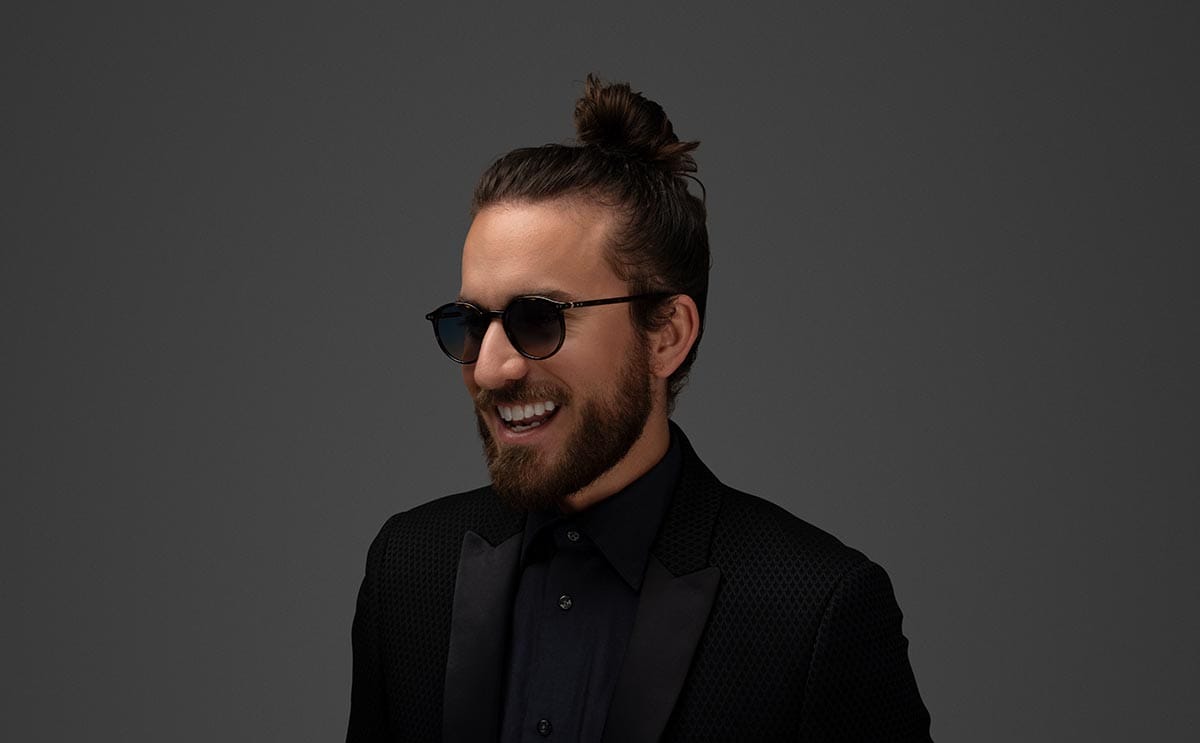
The wrong pair of sunglasses does more harm than good. That’s why sufficient UV protection is so important. Here’s what to look out for.
Be honest: Are you one of the many customers who, slightly overwhelmed by the sheer variety to choose from, have no idea where to start when shopping for sunglasses? There’s the John Lennon tribute glasses, and right next to those are the elegant cat-eye frames. And are those aviator glasses I see? Those are always in style. And they all have tinted lenses. But how’s a person supposed to know if the sunglasses do what they’re supposed to do? And what is it exactly that they’re supposed to do?
Generally speaking, sunglasses must fulfill two purposes:
These two criteria are not to be conflated. In other words, a pair of glasses that has darker lenses for more glare protection will not necessarily protect against UV rays. Conversely, sunglasses with 100% UV protection might have completely transparent lenses.
UV exposure is increasing
Let’s start with UV rays. Ultraviolet (UV) rays are nothing other than light that is invisible to us. And even though we cannot sense, smell or otherwise perceive these rays, they can damage our skin and our eyes. Ultraviolet light comprises UVA, UVB and UVC rays, which have wavelengths of between 100 and 400 nanometers. The shorter the wavelength, the more energy the light has—and thus the more damage it can cause.
The good news is that critical UVC rays, which have a very short wavelength, are completely absorbed by the earth’s atmosphere. They never make it as far as the ground, so our eyes are protected from them as well.
On the other hand, around 10% of UVB rays penetrate the ozone layer. That may not seem like much, but this will become increasingly problematic as the ozone layer continues to be depleted and more UVB rays manage to reach the earth’s surface.
Unlike UVB and UVC rays, UVA rays reach the earth’s surface completely unimpeded.
Did you know that …
… snow, sand and water can reflect up to 80% of UV rays, thus amplifying them?
… shadows (regardless of whether you’re under a tree or an umbrella) can reduce UV exposure?
… UV rays increase by 10% for every 1,000 meters ascended?
… UV exposure is increased by lightly overcast conditions and fog?
Luckily, there are measures we can take to protect ourselves against UV exposure. As our most important sensory organ, our eyes deserve extra special care and protection.
Cheap glasses typically offer less UV protection
The UV protection offered by sunglasses can be divided into two categories:
- The European CE marking
Sunglasses that are merely CE-certified offer the least amount of UV protection. They meet the minimum requirements that the EU places on sunglasses by protecting against wavelengths of 380 nanometers and up. Extra care is to be taken when using cheap sunglasses for which the origin cannot be determined: there are no independent inspection bodies, so knock-offs cannot be ruled out. - UV400 or “100 percent UV protection”
You can tell high-quality sunglasses apart by their “UV400” or “100 percent UV protection” marking. Because harmful UV rays can be up to 400 nanometers in wavelength, these sunglasses provide protection beyond the required 380 nanometers. This way you can be sure that your sunglasses will provide reliable protection against the entire spectrum of harmful UV rays.
Lens tinting: glare protection and aesthetic
As long as the lenses provide sufficient protection against UV rays, the color of the lenses is more a matter of personal taste or the purpose for which they will be used. Even completely transparent lenses can provide maximum UV protection.
Did you know that our eyes have their own natural glare protection? When we squint or when our pupils contract, fewer rays can enter our eyes. This is another reason why sunglasses without sufficient UV protection are dangerous: because darker lenses eliminate glare, our pupils remain wide open, exposing our eyes to high levels of radiation.
There are five protection levels for the glare protection a pair of sunglasses offers. The higher the protection level, the darker the tint of the lens.
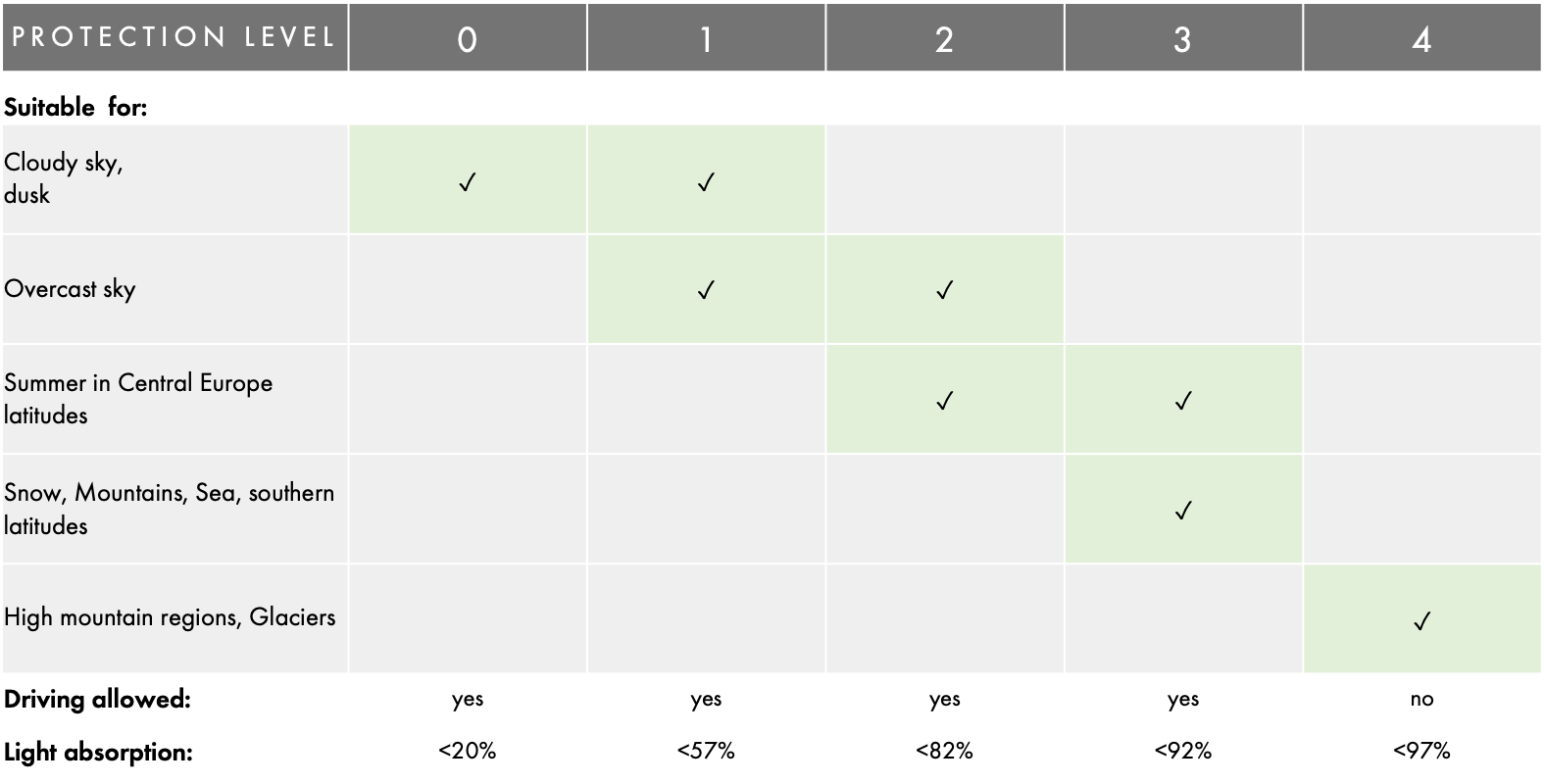
The right design: more is more!
When it comes to sunglasses, more is more! Because the larger the lenses of a pair of sunglasses, the more protection they provide against sunlight. UV rays don’t just enter the eye from in front, but also from the sides or from above. It’s a good idea to choose a large model that completely covers your eyebrows.


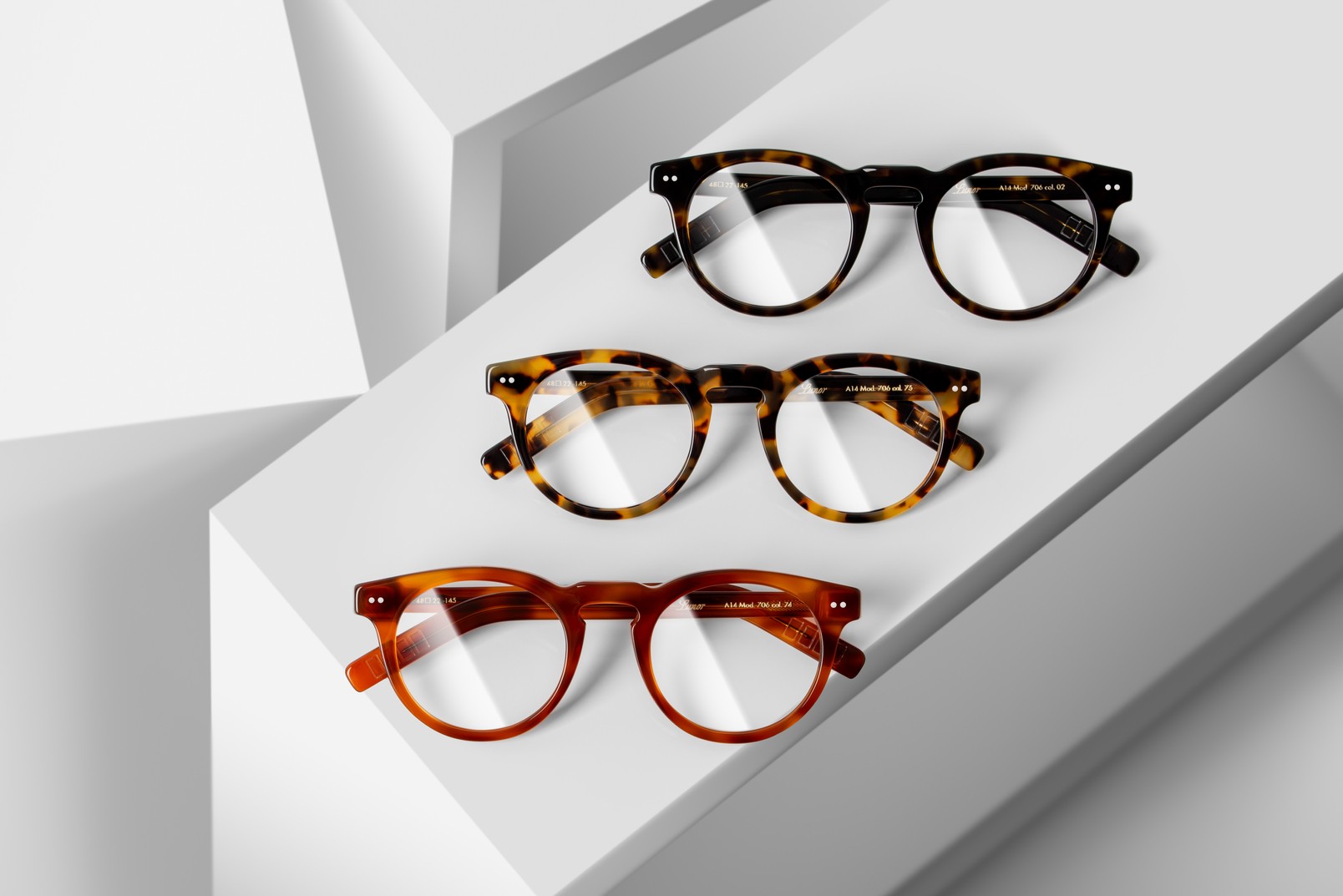
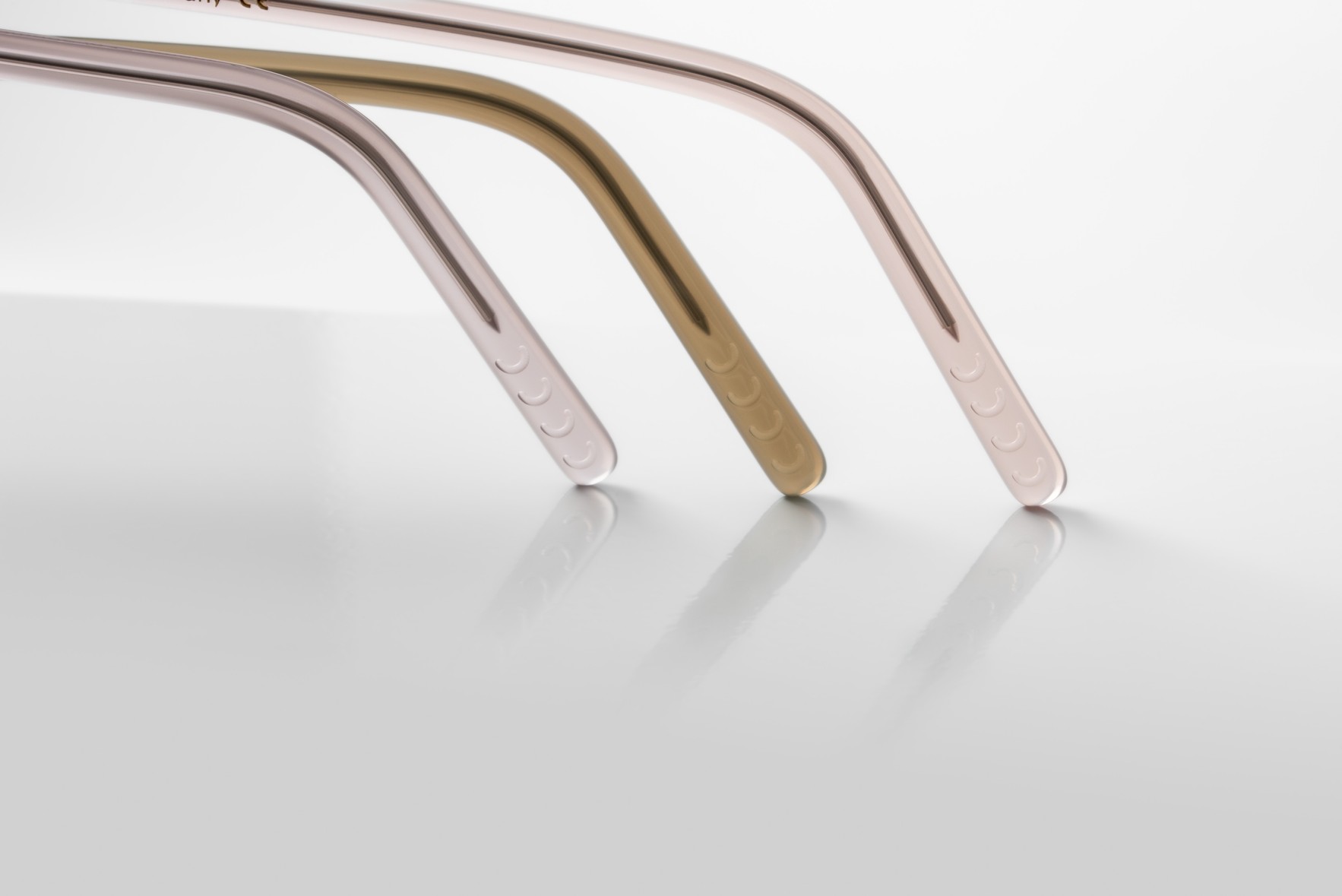
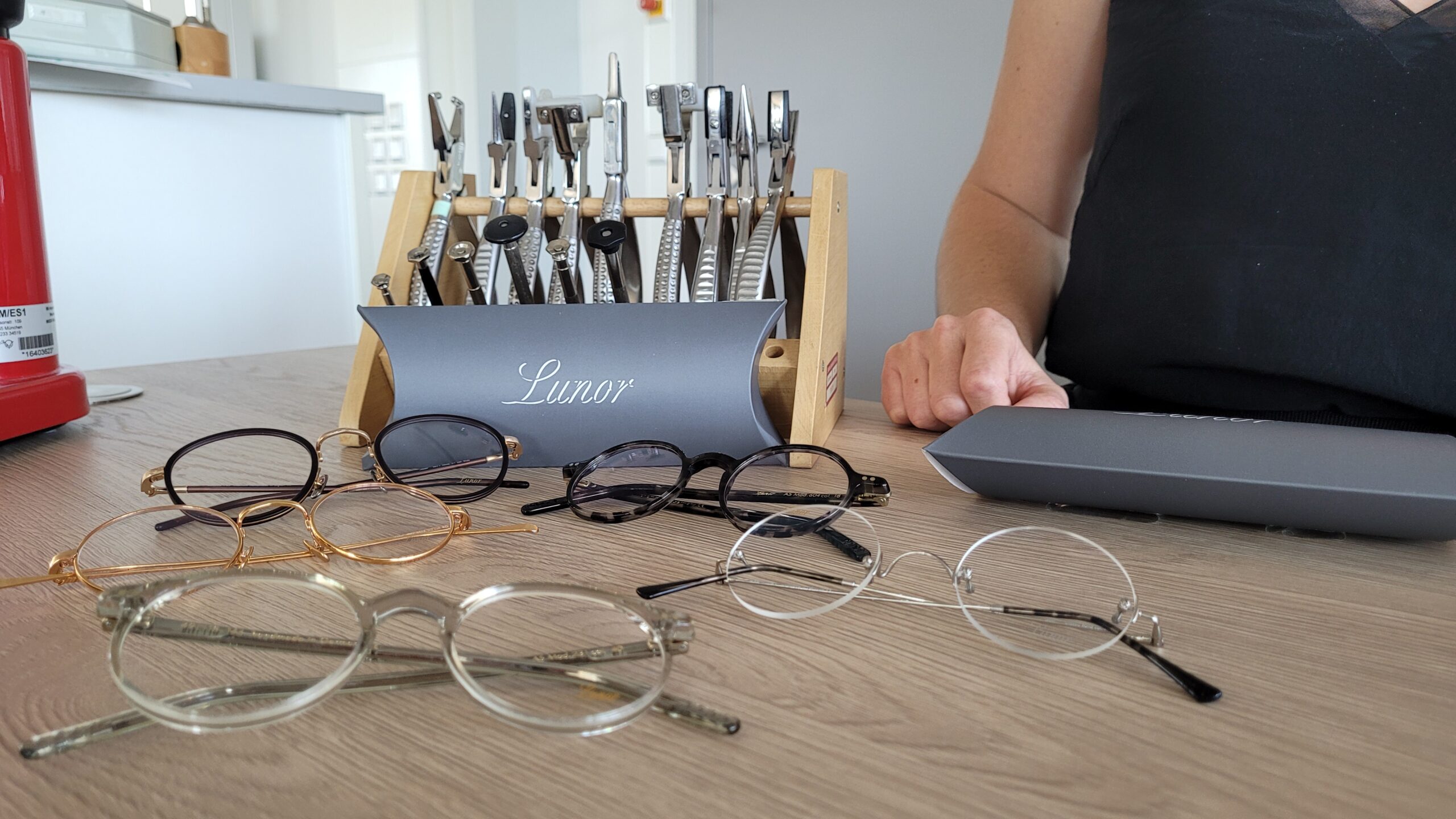
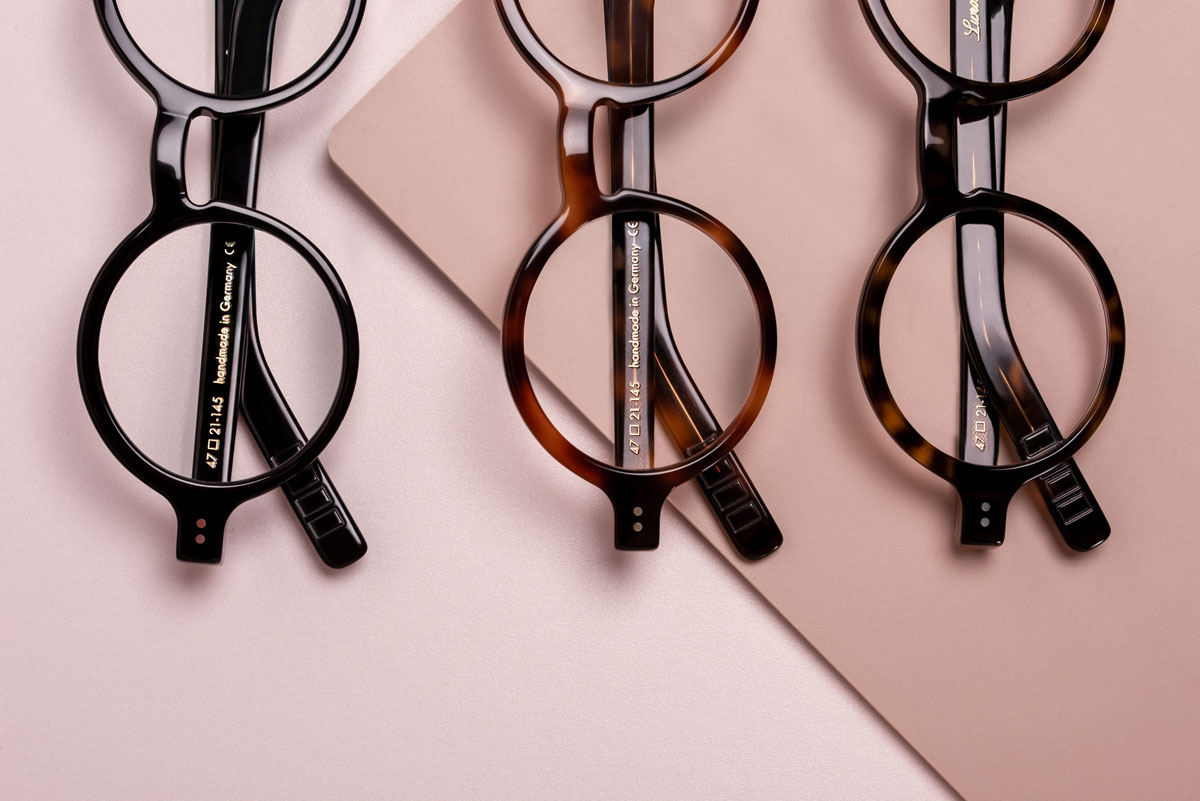
Leave A Comment